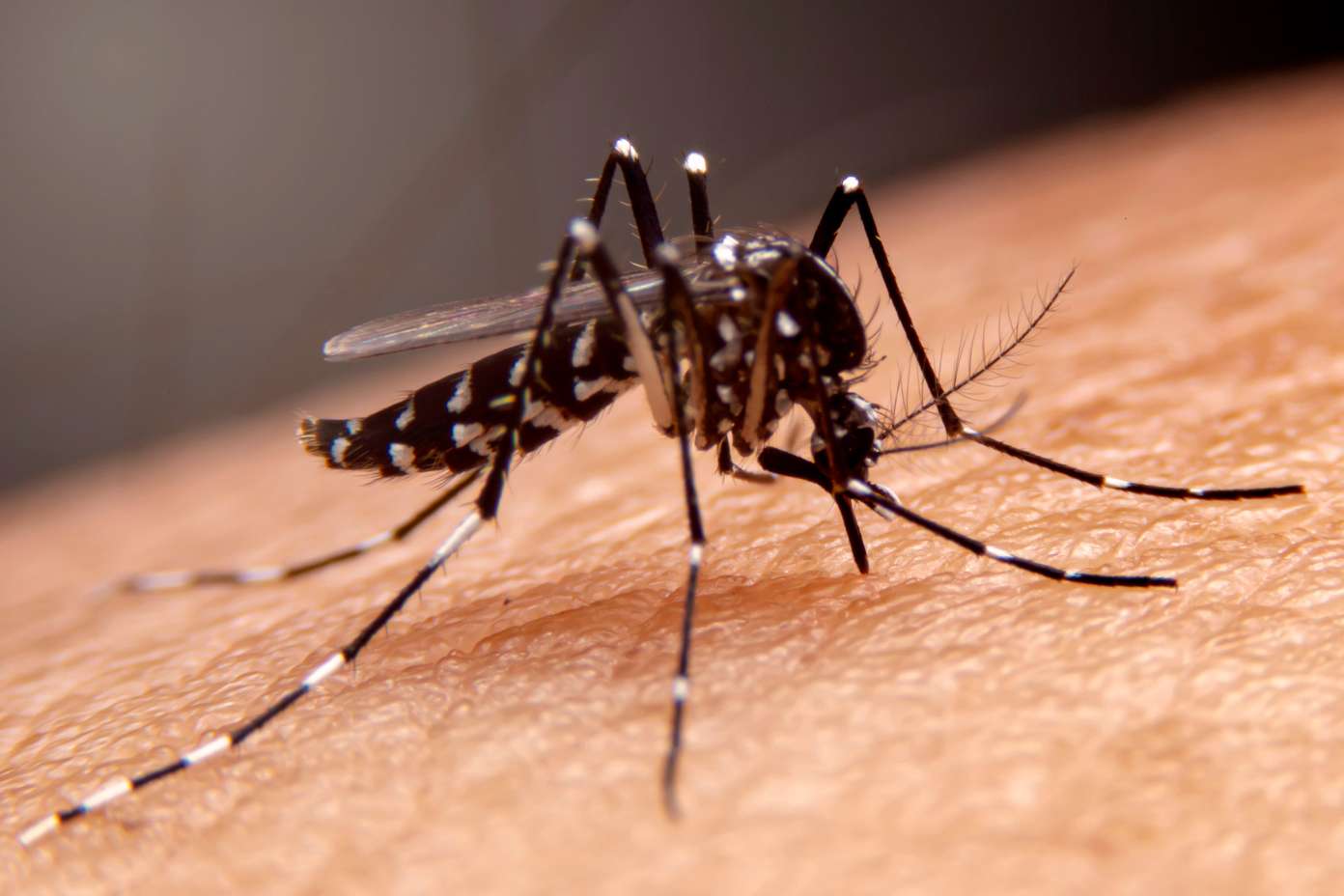The most common back-to-school illnesses from measles to head lice – and how to avoid them according to a GP
By Sarah McCann
Copyright newsletter

Parents are being urged to be aware of the symptoms of these six common illnesses. When kids go back to school, it can be common for them to catch seasonal illnesses.From chickenpox to head lice and even the measles, this is how to avoid common illnesses after returning to the classroom, according to GP, Dr Donald Grant.
With children back at school after the long summer holiday, it won’t just be stories about their day that will be coming home with them. Back-to-school illnesses such as the cold and flu are common when kids return to school after the holidays, as children once again start to mix.
However, it’s not just sniffles that are spreading; illnesses such as the measles can have serious consequences. There have already been several outbreaks of the highly contagious viral infection this year.
Parents are being urged to familiarise themselves with the signs and symptoms of these six common back-to-school illnesses and this how to avoid them, according to a GP.
How to avoid back-to-school illnesses this September?
Dr Donald Grant, GP and Senior Clinical Advisor at The Independent Pharmacy, has outlined six common illnesses that children can catch when they return to school and how to avoid them.
Measles is a highly contagious viral infection that can have serious complications for children. It spreads easily through coughs and sneezes, with there already being several measles outbreaks this year.
Symptoms of measles usually begin seven to 14 days after infection. They can include a high fever, runny nose, cough, and red, watery eyes, with a measles rash appearing three to five days later.
Dr Grant said: “To avoid measles, it’s essential that children stay up-to-date with their MMR vaccine, available through the NHS, providing adequate protection from mumps, measles and rubella.
“The vaccine is vital for young children, who are at an increased risk of death if they contract the viral infection. Receiving the vaccination will help avoid these horrific symptoms while reducing the spread, which continues to rise throughout the UK this year.”
Chickenpox
Chickenpox is a highly contagious viral infection. The main symptom of chickenpox is a rash, which has a few different stages: red spots, fluid-filled blisters, and scabs.
Dr Grant is advising parents to consider the chickenpox vaccine, which will be available to all children on the NHS from January 2026 and is currently available to eligible children or privately in your local pharmacy.
Other ways to avoid catching chickenpox include practising good hygiene. Dr Grant added: “Children should ensure they wash their hands and avoid contact with potentially infected individuals.”
Head lice are a common issue that often happens when children return to school after the summer holidays. It can spread easily through schools due to head-to-head contact.
Treatment for head lice will be available from your local pharmacy. Dr Grant said: “To limit the risk of head lice, parents should regularly check their children’s hair and consider tying long hair back.”
Cold and the Flu
Autumn and winter are prime seasons for the cold and the flu due to the colder, darker months. These viruses can spread easily in schools amongst classmates. Symptoms of the cold can include a sore throat, a stuffy nose, and headaches, while the flu can also lead to fevers, body aches, and fatigue.
Dr Grant said: “Maintaining good hygiene practices, such as washing hands, can minimise the spread. Thankfully, a variety of over-the-counter medicines are available, providing support against cold and flu symptoms.”
Also known as the ‘winter vomiting bug’, norovirus is a common stomach bug that can have unpleasant symptoms including diarrhoea, vomiting, and nausea. It is caught through close contact and can spread rapidly throughout schools and households.
Dr Grant said: “To prevent the spread, washing hands frequently and avoiding contact with people who may have norovirus are the most effective methods.
Strep Throat
Strep throat is a bacterial infection that targets the throat and tonsils and causes soreness and inflammation. Like many illnesses, it’s spread through close contact, so crowded environments such as classrooms can quickly increase cases. Symptoms include sore throat, fever, and difficulty swallowing.
Dr Grant said: “To limit the spread of strep throat, infected individuals should remain at home until they’re better. Additionally, I recommend avoiding sharing water bottles or utensils. If strep throat persists, a GP can prescribe antibiotics to help reduce symptoms and return people to full health.”
Dr Grant, GP and Senior Clinical Advisor at The Independent Pharmacy, said: “Overall, as children return to school, understanding the most common illnesses at this time of year can boost awareness and prevention.
“Aside from avoiding direct contact with people who may be ill, maintaining a well-balanced diet and healthy sleep routine can give the immune system a much-needed boost throughout the year’s colder months.”
You can find out more information about how to look after your health this winter at NHS.UK.



